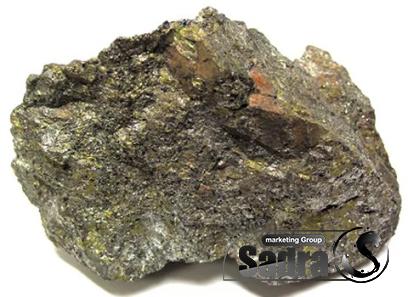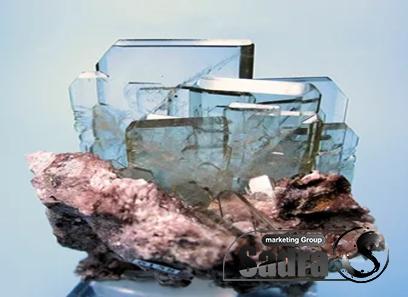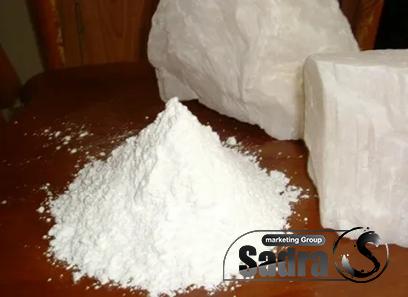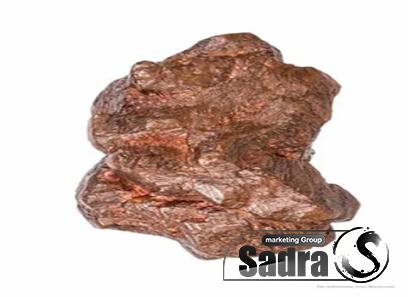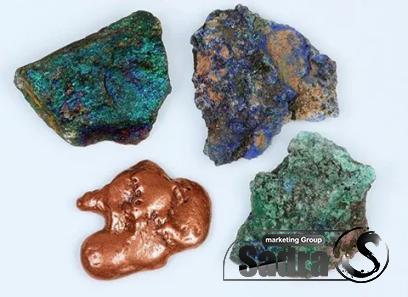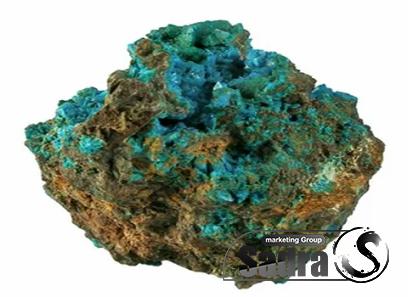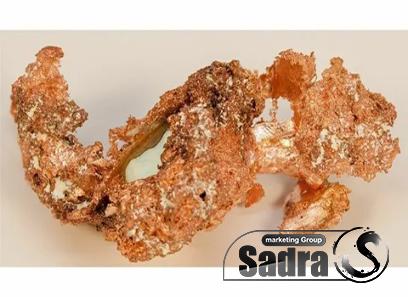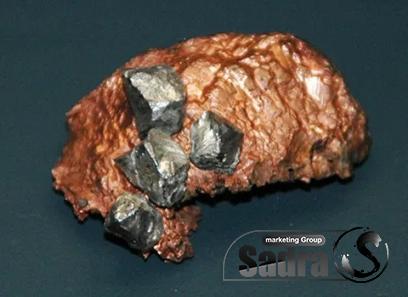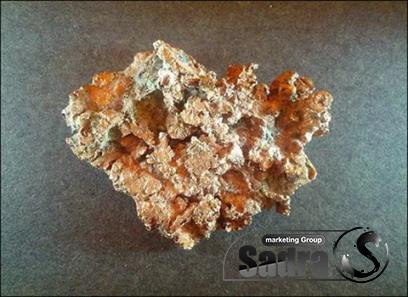hydrophilic Gilsonite Nanoparticles + great purchase price
Gilsonite is a naturally occurring fossil resource; hard bitumen or natural bitumen is also known as natural bitumen
In this study, natural hard bitumen was made hydrophilic by reacting with a mixture of sulfuric and nitric acids and then reduced to nano size using an argon planetary ball mill process
The hydrophilic diaspore is milled using a mechanical fusion process in a planetary ball mill
A numerical dynamic mechanical model of a planetary ball mill was developed to investigate the dependence of process efficiency on grinding parameters such as the size and number of balls, tank geometry, and the speed of rotating parts
Modeling indicates a correlation between grinding parameters and the final microstructure of the crushed material
In particular, the greatest efficiency of the grinding process was observed with the most disordered movement of the balls, which was achieved in a strictly defined range of ratios of the tank and plate speeds
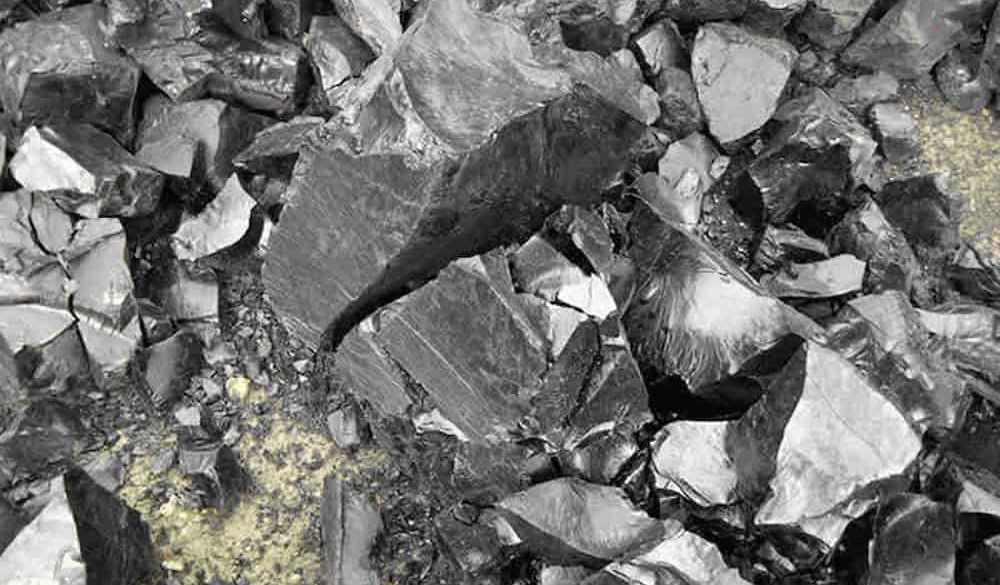
Planetary ball mills consist of several cylindrical grinding jars (located on the sun gear as shown) filled with grinding balls
Two superimposed rotational movements set the grinding bowl in motion: as in the planetary system, the grinding bowl rotates in an orbit around the center
Planetary ball mills consist of several cylindrical grinding jars (located on the sun gear as shown) filled with grinding balls
Two superimposed rotational movements move the grinding jar: like in the planetary system, the grinding jar rotates in an orbit around the center
This rotational movement is a superposition of the grinding vessel’s own rotation
The resulting centrifugal and acting acceleration forces lead to a strong grinding effect
In addition, there are forces acting according to the Coriolis acceleration
The result is a strong grinding effect between grinding ball and sample

Hydrophilic gilsonite
Hydrophilic gilsonite were characterized using FT-IR, FE-SEM and dynamic light scattering methods
Gilsonite is a naturally occurring mineral resource ground through a mechanical alloying process in planetary ball mills
Solid bitumen or natural bitumen is also known as natural bitumen
In this study, natural hard bitumen was made hydrophilic by reacting with a mixture of sulfuric and nitric acids and then reduced to nano size using an argon planetary ball mill process
All experiments show that the properties of hydrophilic gilsonite differ from those of natural gilsonite due to surface modification
The hydrophilic diaspore is milled using a mechanical fusion process in a planetary ball mill
The mass ratio of steel balls and hydrophilic diaspore was 10:1, the vial rotation speed was 360 rpm
Choose from 80 to 100 hours of grinding time
In addition, it shows that as the grinding time increases, the particle size decreases and finally reaches a low value after 100 hours of grinding
Hydrophilic or hydrophilic – a molecular fragment or compound characterized by a strong affinity for water and polar solvents
The root word means “to love water”, which means that the hydrophilicity will be able to effectively dissolve or interact with water molecules
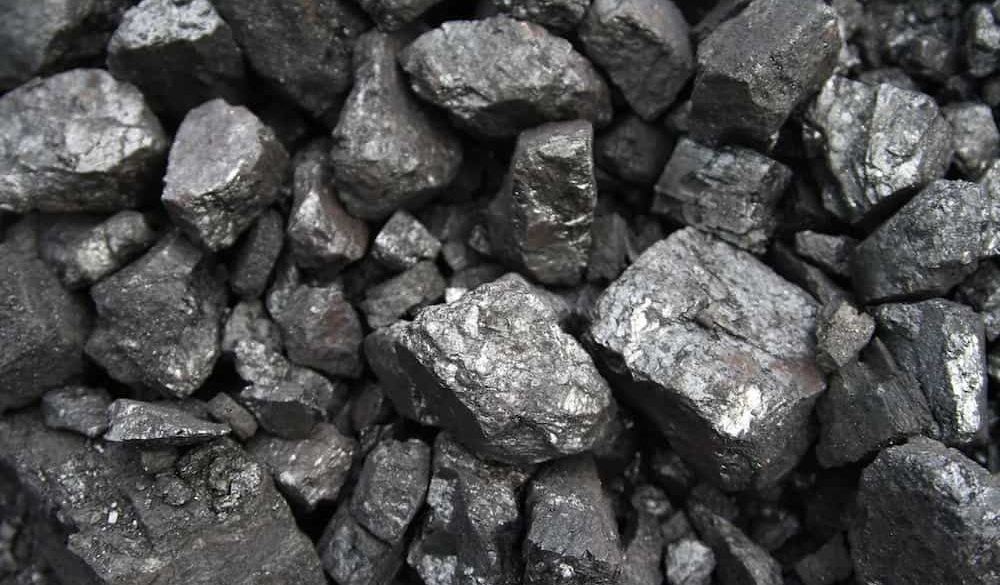
Gilsonite is a natural fossil resource, its structure and chemical properties are similar to asphaltene-rich petroleum bitumen
Therefore, solid bitumen or natural bitumen is also called natural bitumen
Asphaltenes are a class of organic compounds functionally defined by their solubility in organic solvents
In addition, gilsonite can be formally classified as asphaltenes with a wide range of possible compositions and structures
Gilsonite is a harmless natural hydrocarbon resin, consisting of a large number of pyrrole and aromatic compounds
Mechanical alloying, obtained through a high-energy ball milling process, is a method for preparing biodegradable dressings containing dexpanthenol for the production of nanoparticles
In addition, mechanical alloying is a simple and inexpensive method for the synthesis of nanomaterials
The main mechanism of mechanical alloying is the repeated cold melting and destruction of particles, which eventually leads to the creation of nanostructures
In this paper, we report the synthesis of hydrophilic gilsonite followed by the production of hydrophilic gilsonite nanoparticles using a high-energy ball mill process
Therefore, hydrophilic materials are generally soluble or miscible with water
However, hydrophilicity, affinity for water and other polar solvents, is related not only to solubility as such, but also to the degree of wetting with water and the surface of such materials or materials
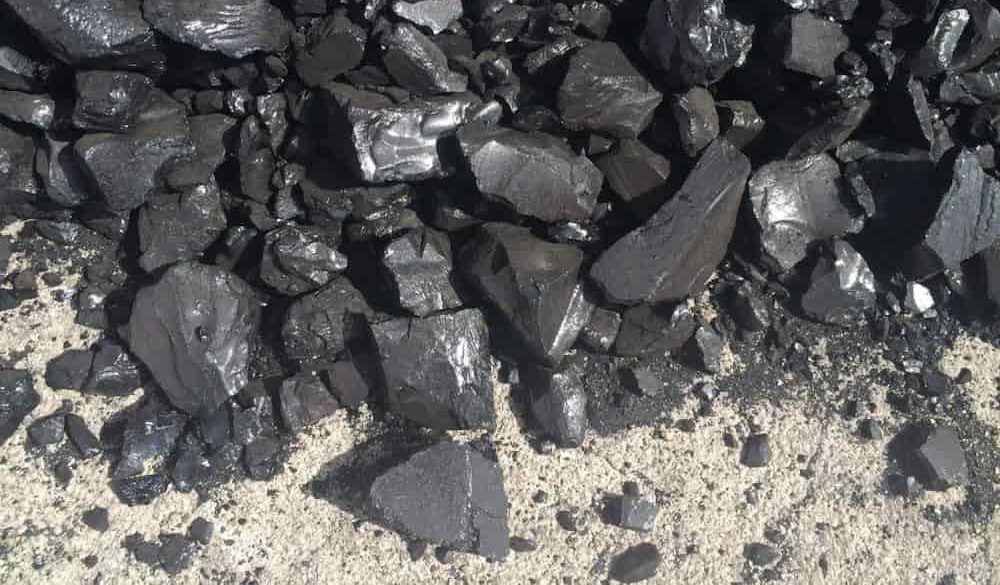
Planetary ball mill process
Planetary ball mills are a grinding jar filled with a medium and rotating around its axis
But their unique design uses centrifugal force and the Coriolis effect to grind materials down to very fine, even micron sizes
These forces are exerted when the grinding bowl in a planetary ball mill rotates around its axis in the opposite direction of the disk it is held on (often referred to as the sun gear)
These opposing movements, along with the difference in rotational speed, result in the planetary ball mill delivering the powerful combination of friction and impact required for fine grinding
Suitable applications include a wide range of materials such as ceramics, polymers, limestone, clay minerals, limestone, pigments, paints and metal oxides
Like other ball mills, planetary ball mills have a slight advantage in metal-free grinding because the operator can achieve a metal-free environment by simply lining the tank and using a ceramic filler (unlike internally agitated ball mills that require hands and shafts) sheathed, which easy to do
Planetary ball mills are ideal for grinding small samples in the laboratory
But the enormous cost of scaling them up to full production scale has so far limited the widespread use of planetary milling in practical manufacturing
In contrast, high energy internally agitated ball mills such as the batch Attritor can easily and efficiently scale up to larger production machines capable of processing hundreds of gallons per batch
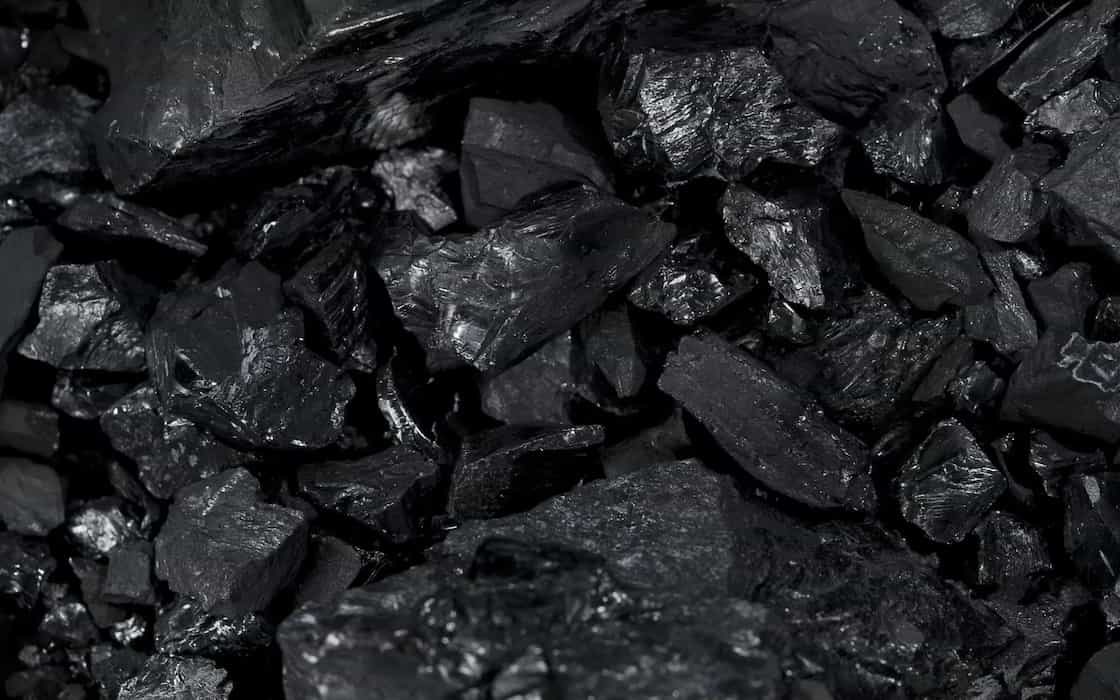
Mills can also run continuously, which is another advantage over planetary mills which cannot run continuously
Since they use stationary tanks that do not require screens, irrigation mills have another significant advantage over planetary ball mills
The absence of a jacket allows the use of a water jacket on the tank of a ball mill with internal mixing, providing cooling or heating to facilitate the grinding process
Unlike planetary ball mills, attritors have the advantage that they can sample the material during the grinding process without stopping the process
Recipe adjustments and the addition of grinding additives can be made on the fly without stopping the grinding process
A numerical dynamic mechanical model of a planetary ball mill was developed to investigate the dependence of process efficiency on grinding parameters such as the size and number of balls, tank geometry, and the speed of rotating parts
Modeling indicates a correlation between grinding parameters and the final microstructure of the crushed material
In particular, the greatest efficiency of the grinding process was observed with the most disordered movement of the balls, which was achieved in a strictly defined range of ratios of the tank and plate speeds
As an important case study in ceramic powder technology, the model is demonstrated and tested on calcium fluoride (CaF2) ground in a planetary mill under various conditions and then characterized using X-ray powder diffraction and scanning electron microscopy
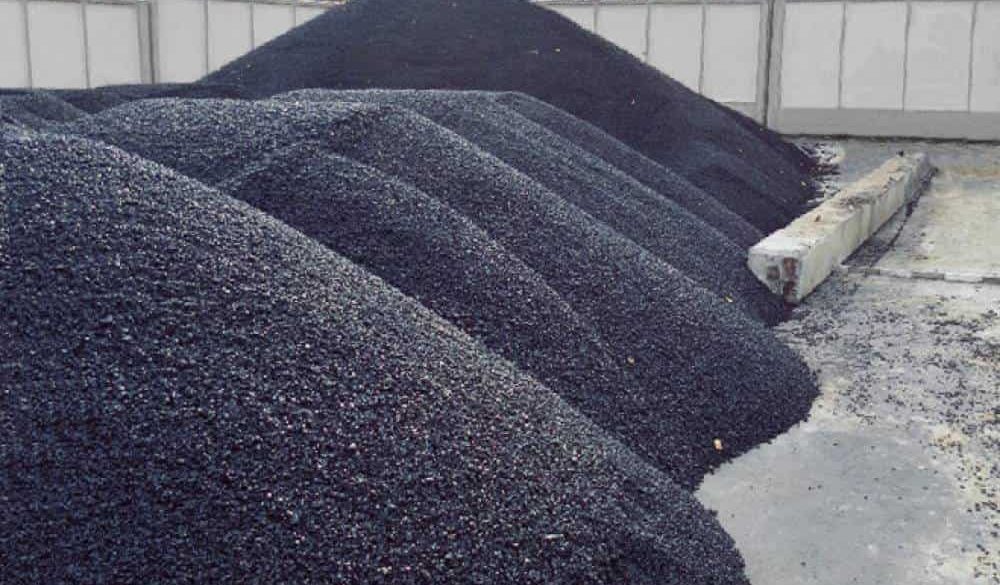
Production of hydrophilic gilsonite nanoparticles
Hydrophilic bitumen nanoparticles are produced using a high energy ball mill process
Characterization experiments show that the structure of hydrophilic gilsonite differs from that of natural gilsonite due to surface modification
In addition, the size of the nanoparticles decreased with increasing grinding time, reaching about 300 nm after 100 h of ball milling
Nanoparticles (NPs) have a large surface area and high-volume concentrations that endow them with unique mechanical, chemical, thermal, and magnetic properties and thus outperform traditional micro- and macro materials in a number of oil and gas field applications
Due to their unique physio-chemical properties, they are considered very good candidates for the formulation of NP intelligent drilling fluids, i
e
fluids with targeted rheological and filtering properties
Over the years, several researchers have explored the use of nanoparticles, ranging from commercial particles to individual particles, to create drilling fluids with improved properties that can withstand extreme downhole conditions, especially those associated with high pressure and high temperature (HPHT) conditions
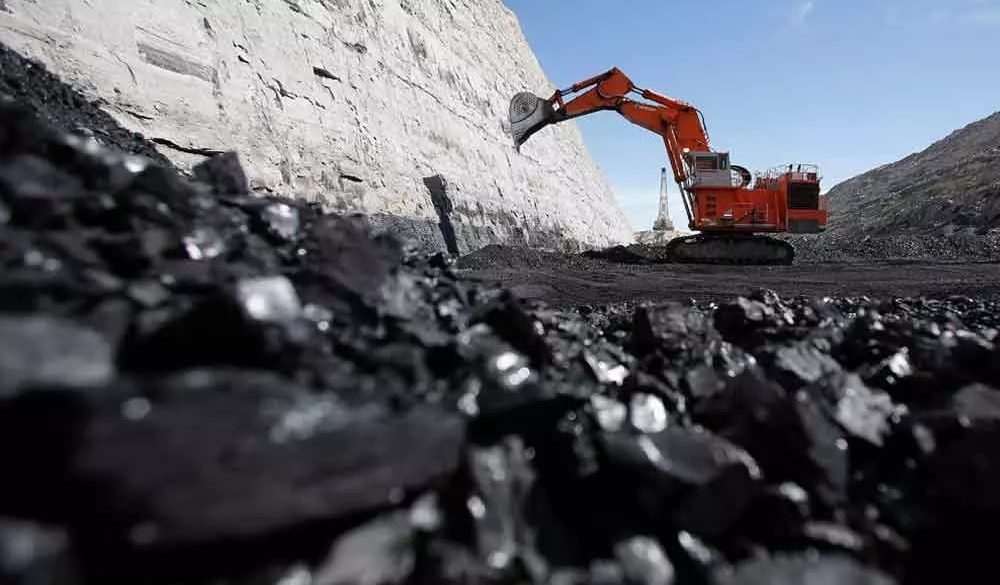
drilling problems, including wellbore instability, leakage, torque and drag, differential sticking, low drilling speed, etc
Nanotechnology has come to the forefront of research and has made a significant contribution by revolutionizing innovation in drilling fluid technology in the oil and gas industry
Nanotechnology produces nanomaterials, which are natural or synthetic materials with at least one nanoscale (1100 nm)
Nanoparticles (NPs) have enhanced, and improved physicochemical properties compared to macro- and micro sized materials, mainly due to their small size and extremely high surface to volume ratio
These properties make nanoparticles the most promising materials for the development of intelligent drilling fluids with special properties that meet the requirements of harsh downhole conditions
Over the past few years, the need for drilling fluids with improved properties has prompted researchers to develop improved drilling fluids using various NPs as additives
Although much of the work described was in the laboratory, two studies reported comprehensive field trials of nanoparticle-based drilling fluids
Natural gilsonite is made hydrophilic by reacting with a mixture of sulfuric and nitric acids
After that, the functionalized cardboard was collected and washed thoroughly with distilled water until the pH was adjusted between 6 and 7, then the suspension was filtered and dried
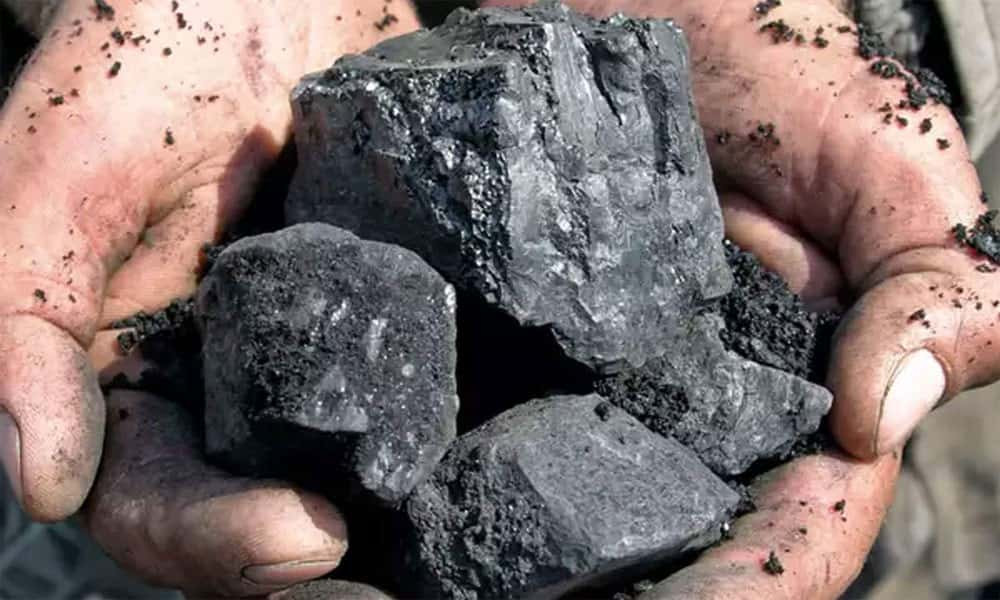
To search for hydrophilic and natural diaspore functional groups, FT-IR spectra were obtained from 4000 to 650 cm-1 using a Perkin-Elmer Spectrum 2 instrument
Surface morphologies of natural and hydrophilic diaspores were recorded using FE-SEM)
Hydrophilic diaspore is ground using an alloying process performed on a planetary ball mill
The grinding process was carried out under an argon atmosphere
Hydrophilic diaspore powder was placed in cylindrical stainless steel vials under a dry atmosphere of pure argon
Cylinders are sealed with elastomer and O’ ring seals
The weight ratio of steel balls to hydrophilic stearite was 10:1, and the vial speed was 360 rpm
Choose between 80 and 100 hours of grinding time
After the ball milling process, the particle size distribution (PSD) of the hydrophilic gilsonite was measured using the DLS technique at 25 oC
